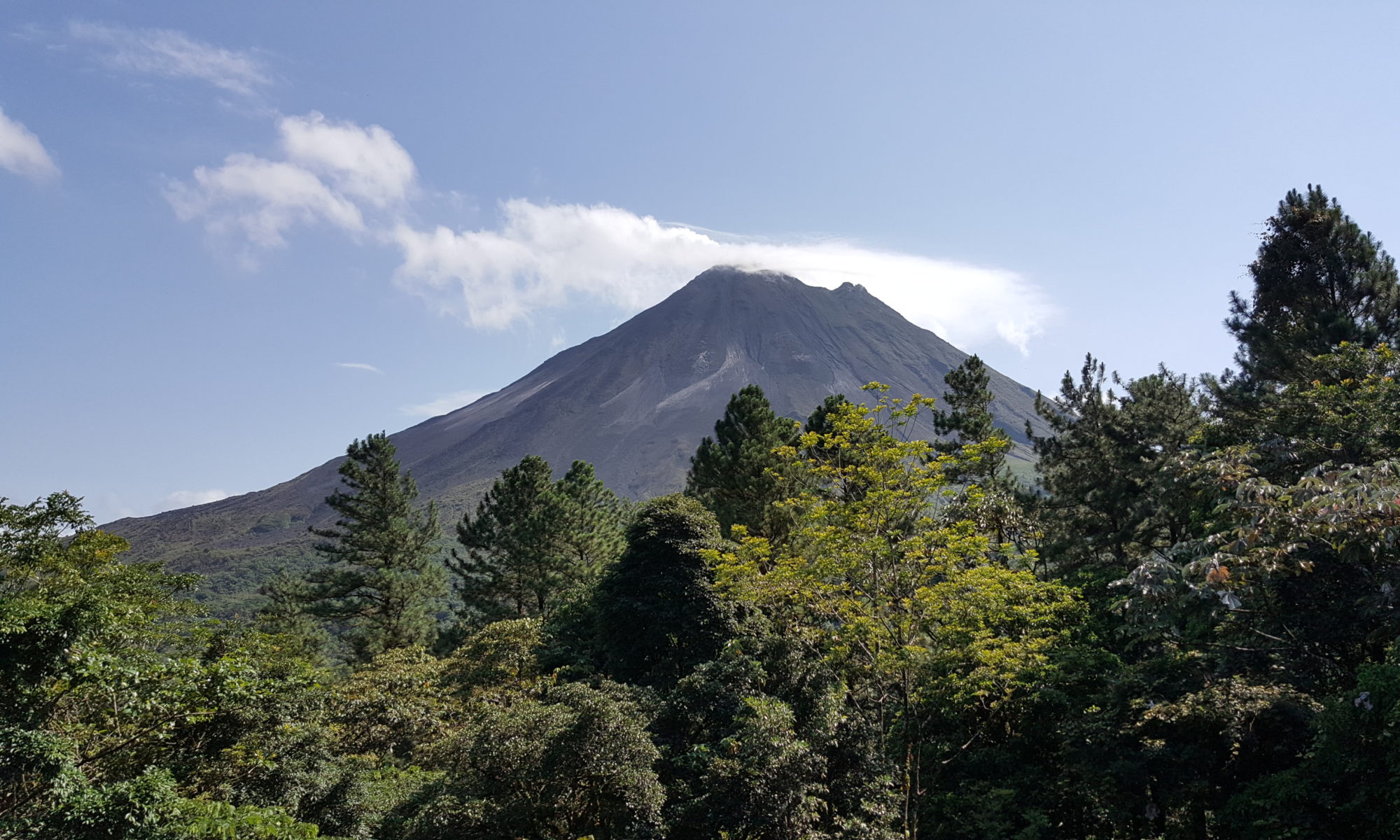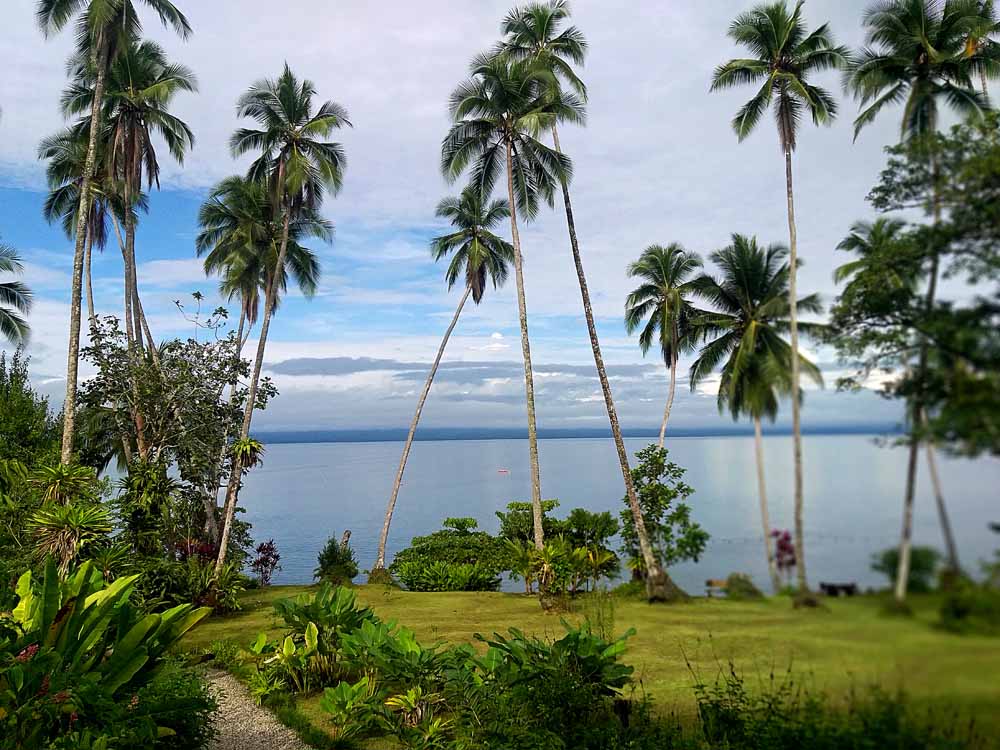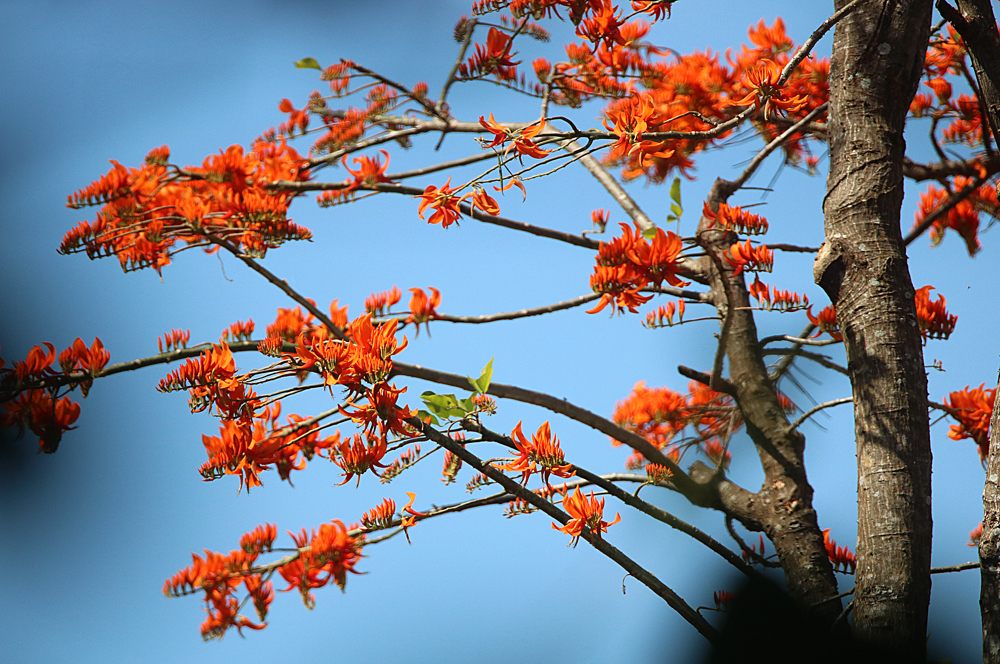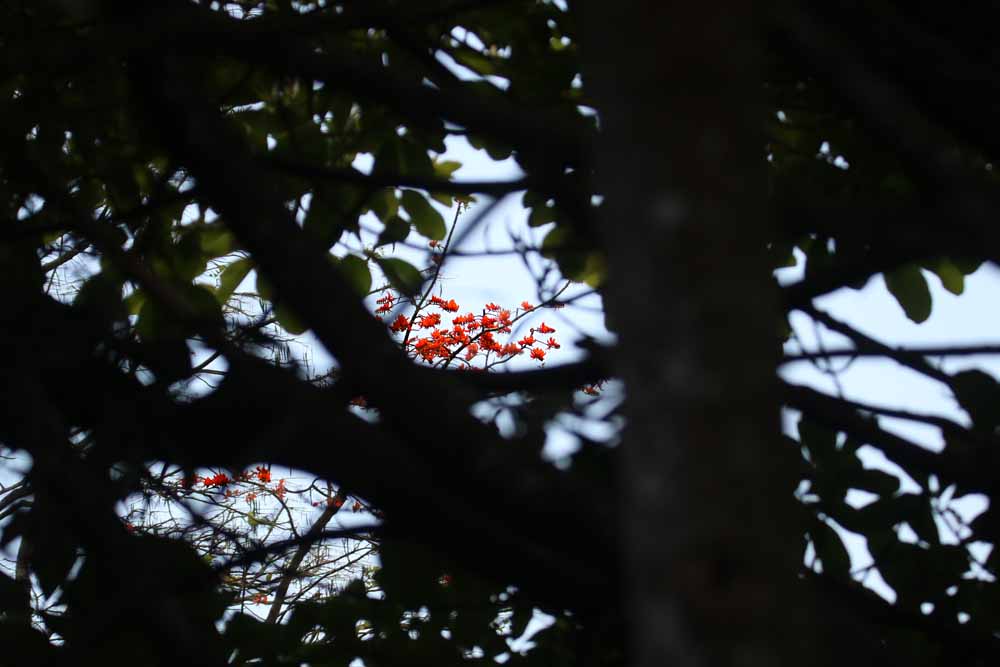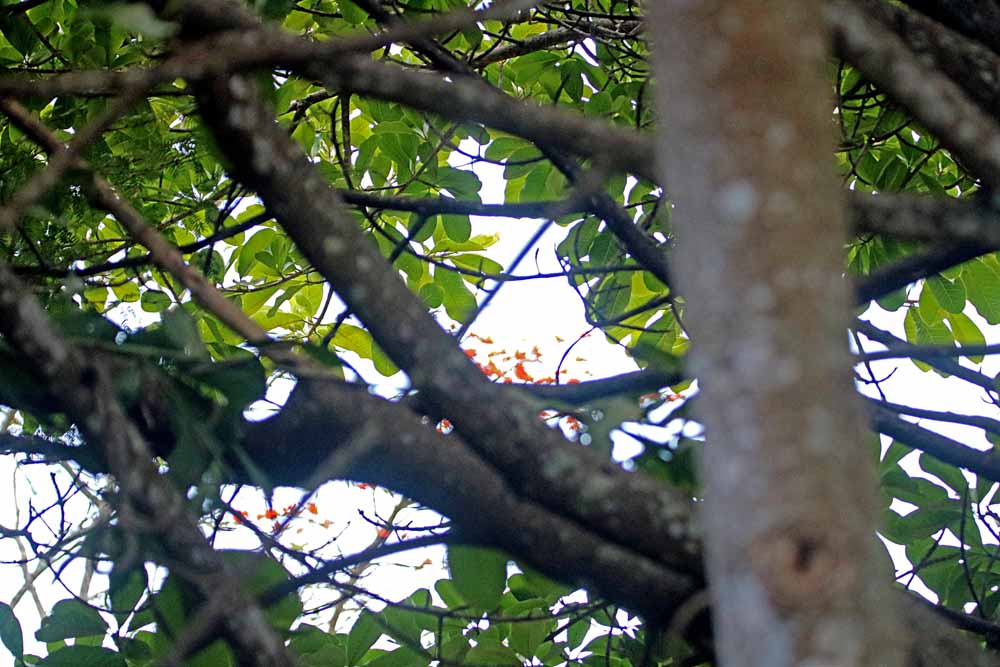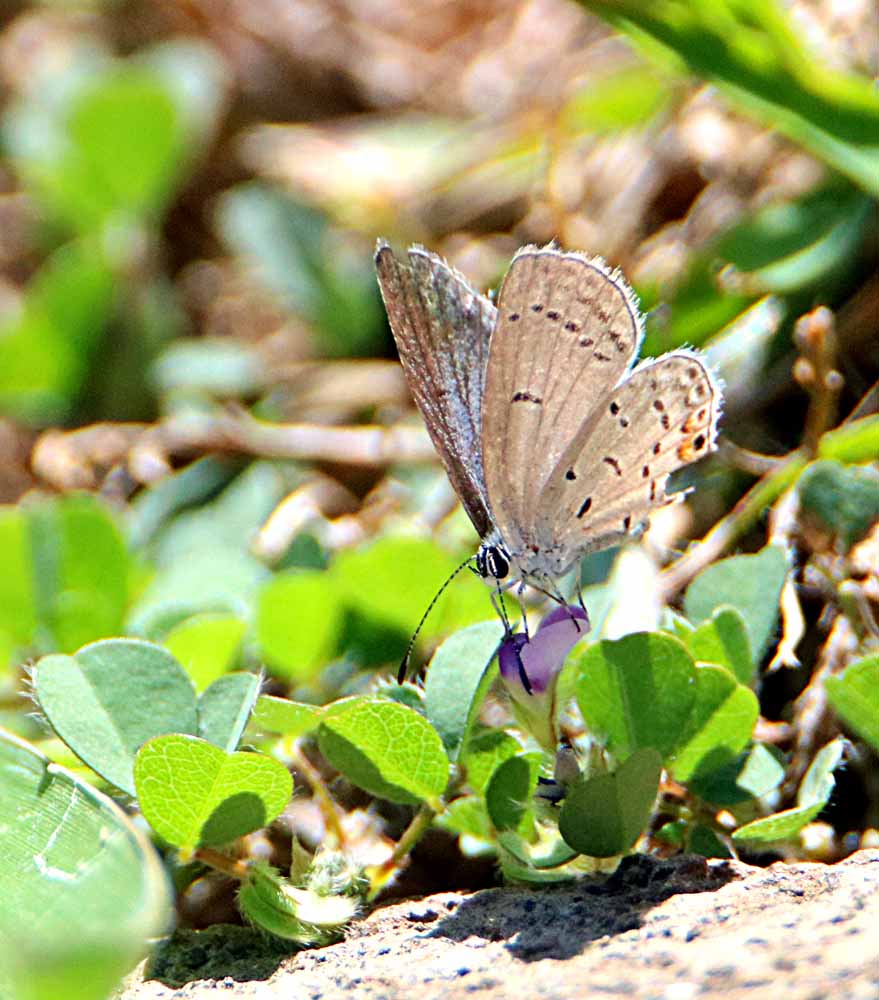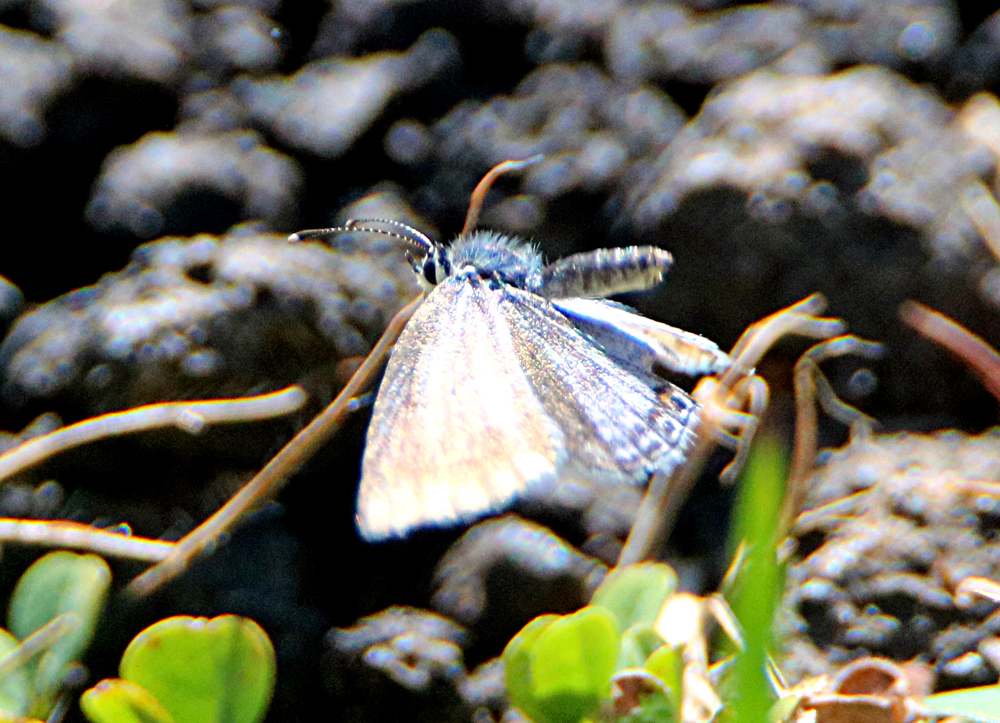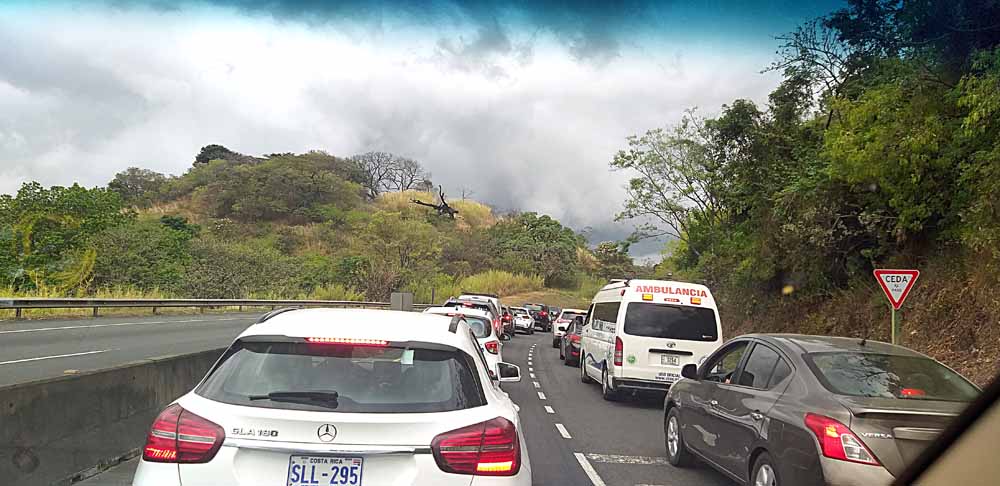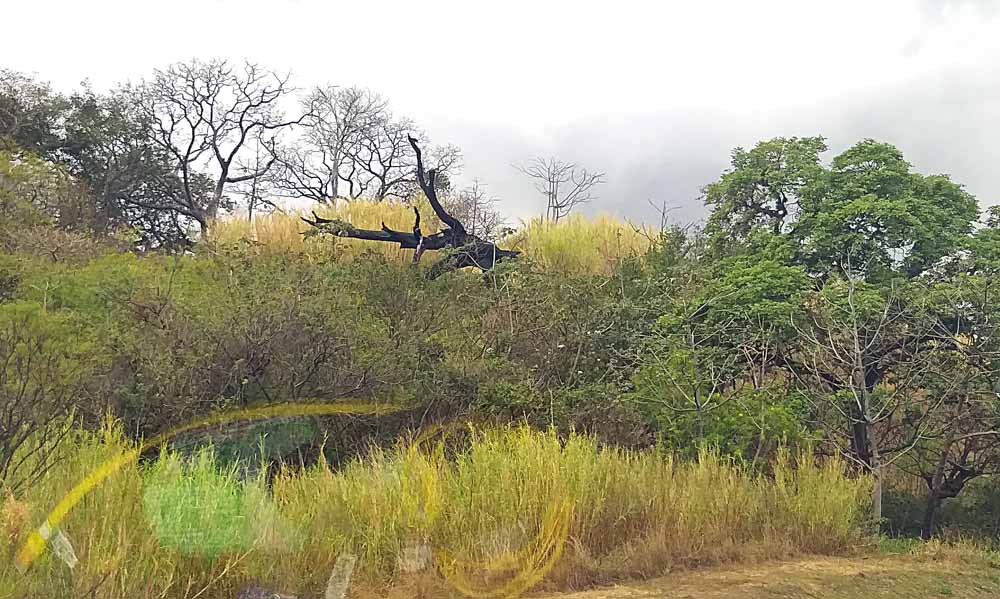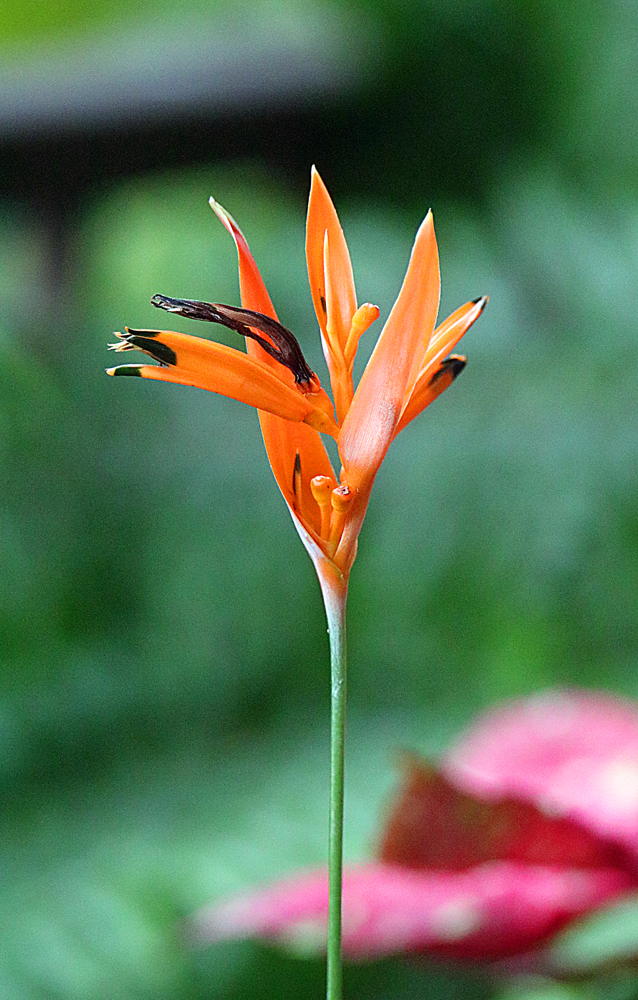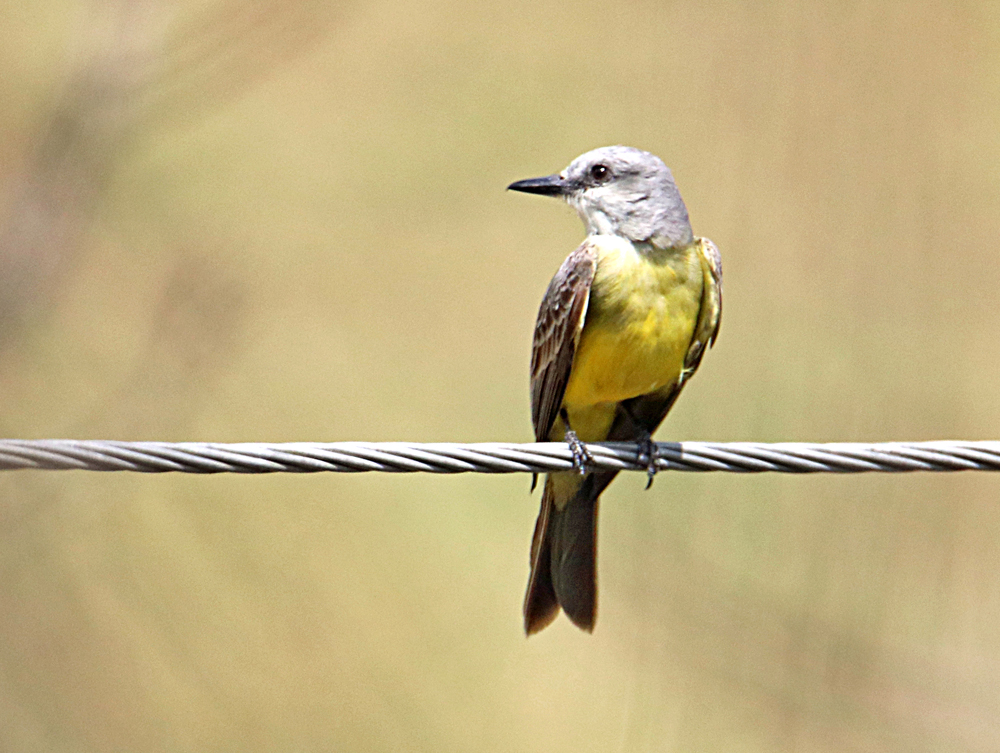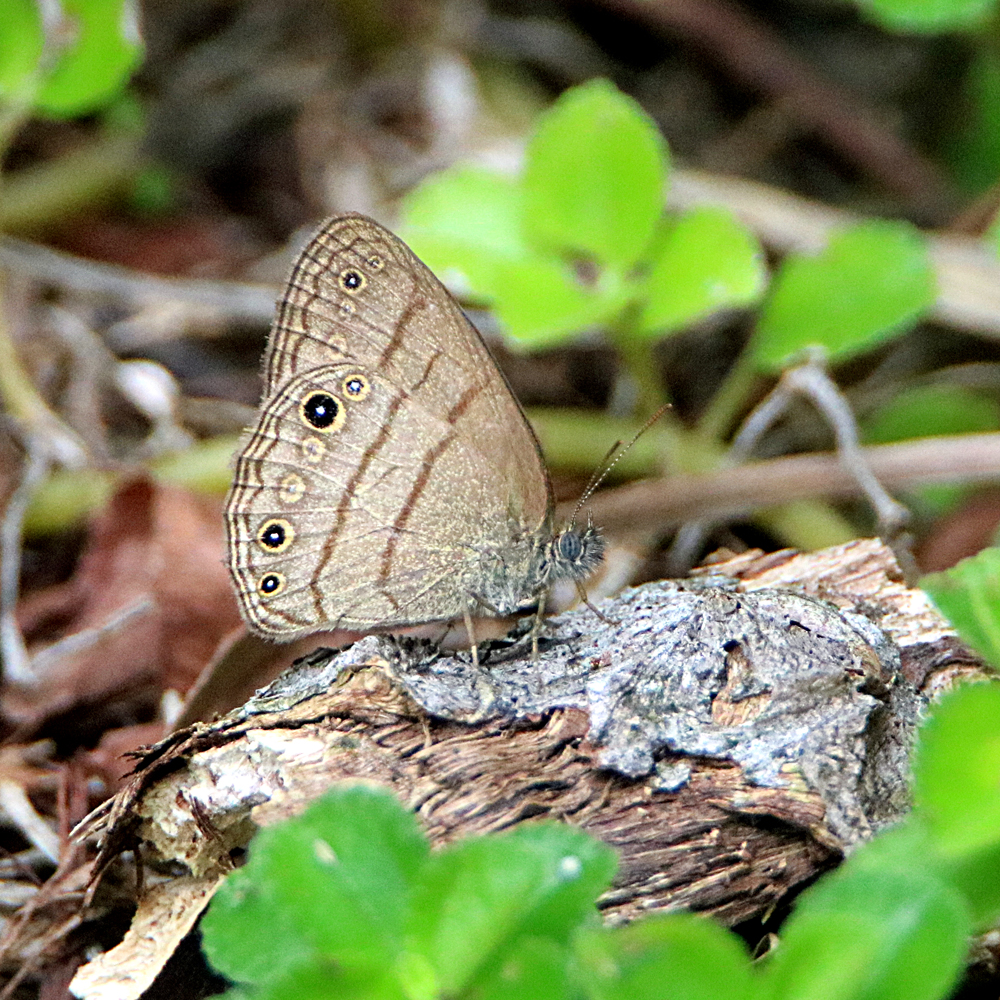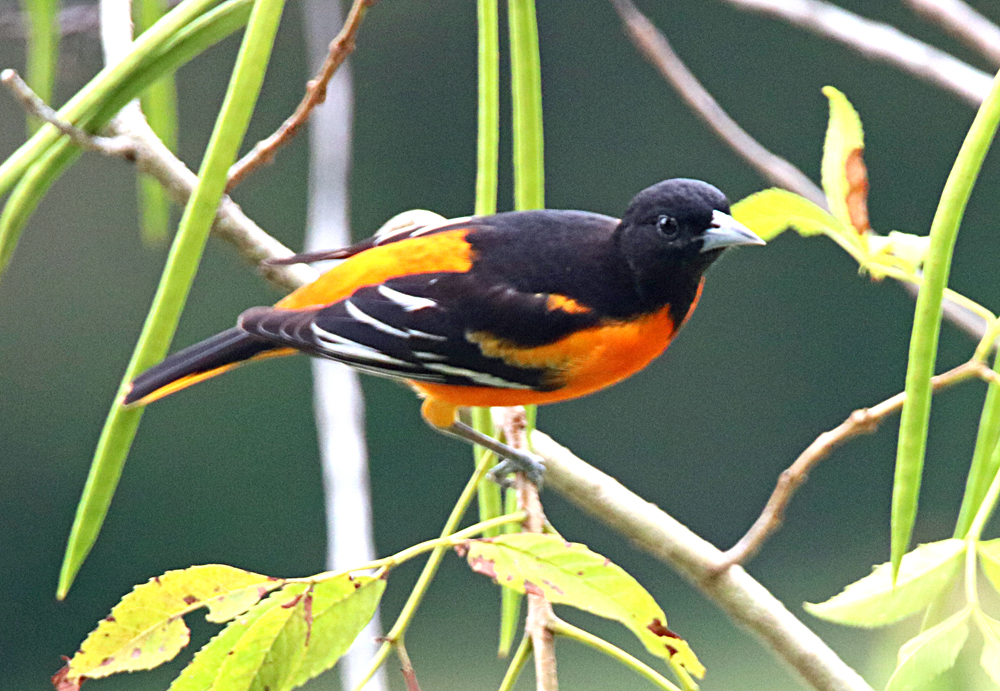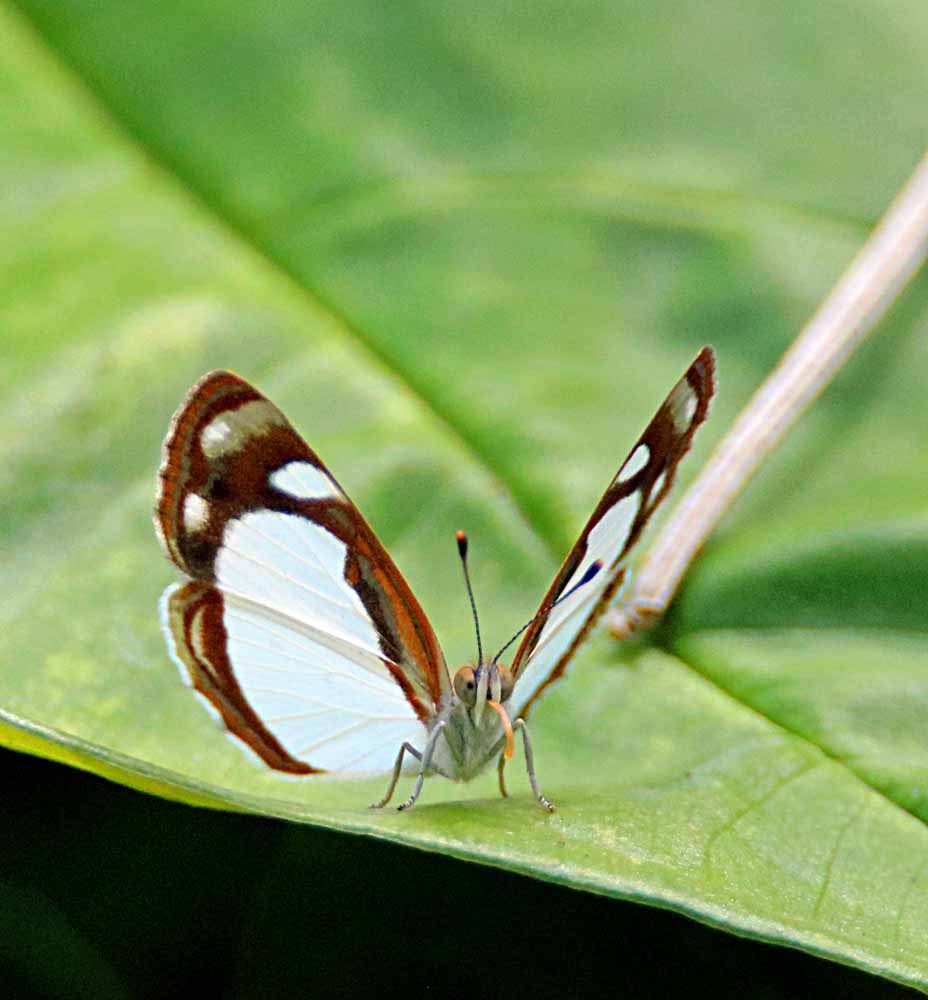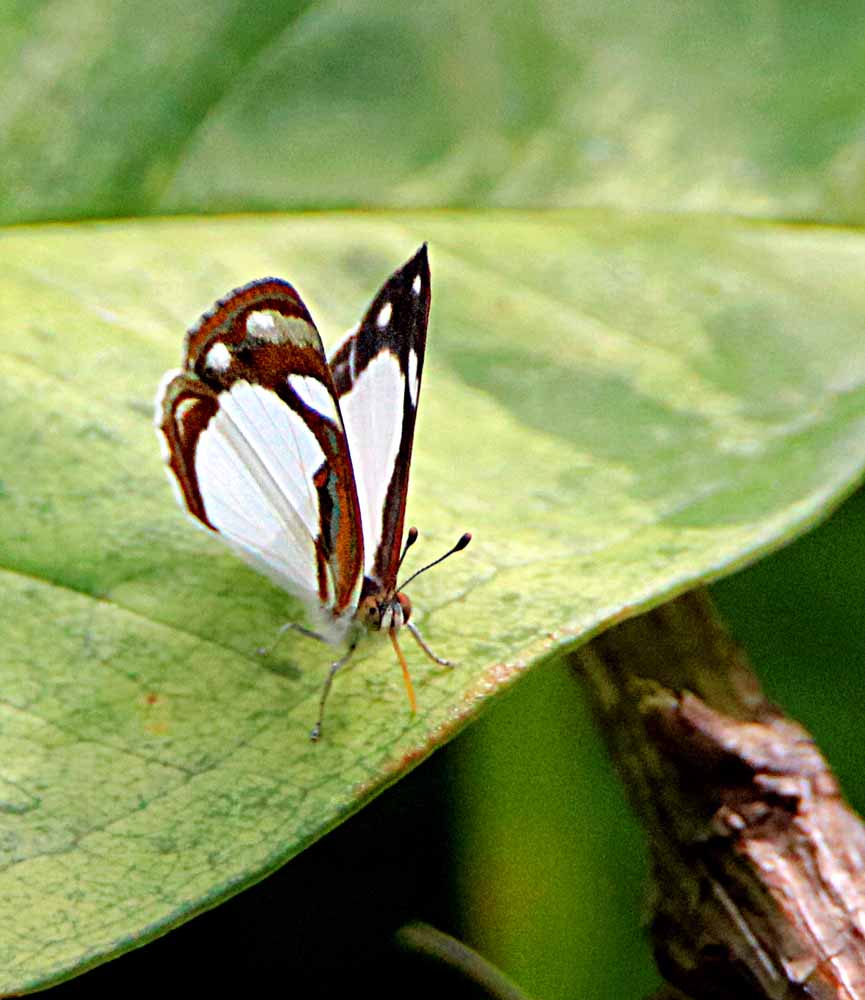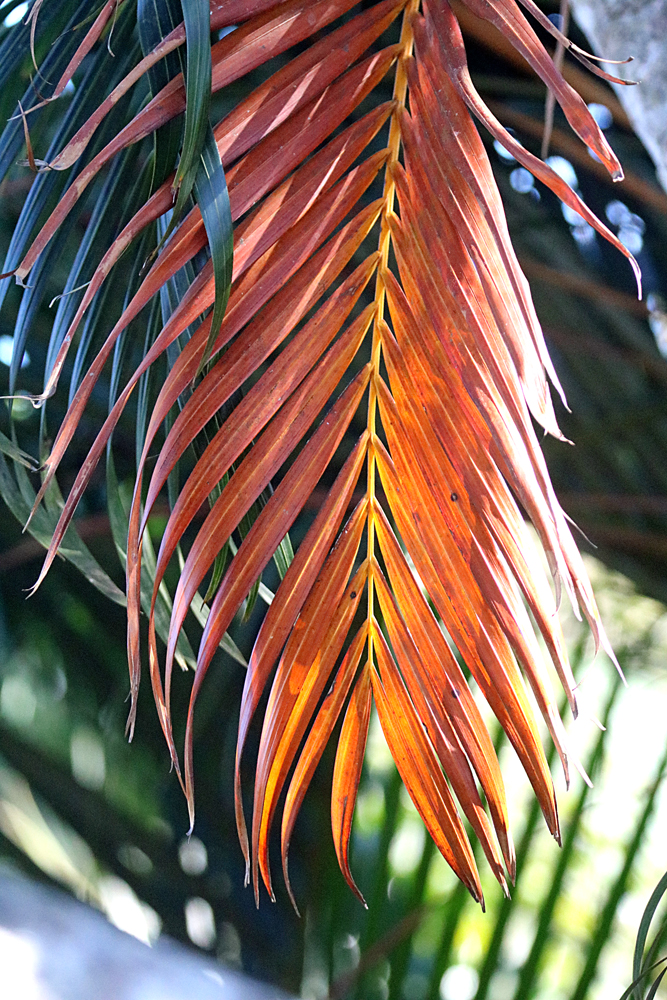As a lover of travel, I spent my first 5 or 6 years here traveling somewhere different nearly every month! Since the 2021 Covid and my cancer surgery & radiation therapy, It’s been less often, but you can still see that travel and nature photography are my passion in what is posted in most of my blog posts. You can subscribe to an emailed version of the blog. But friends have asked for these hotel reviews, so here goes!
Just remember, “A photo is worth a thousand words!” 🙂 Yeah, that’s right, more photos than words! 🙂 And oh yes, the feature photo above was made from my cabin at Playa Cativo, looking over their gardens to the beach and hearing the surf that puts me to sleep at night. 🙂
My Outline for Each Review
- Would I go there again?
- Likes & Dislikes
- Nature & Other Activities – including those I didn’t do.
- My Room & Food Evaluation
- Getting There
- Links to My Trip Gallery(ies) and Photo Book(s) if done with free reviews of each book.
- I use more photos than words! But each = 1,000 words! 🙂
GO TO: Hotels & Lodge Reviews CR
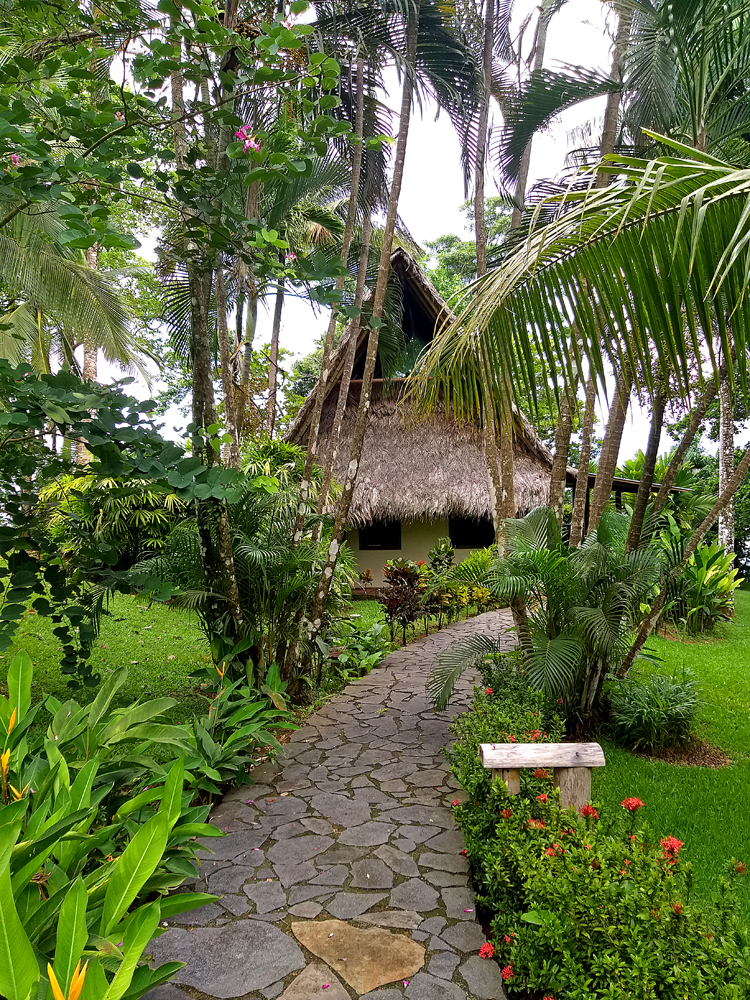
And yes, I realize that this is mainly just for people living in Costa Rica and the few foreigners I know who might travel here someday, but it is worth the work I put in it for me to help those! 🙂 Fun too!
¡Pura Vida!
